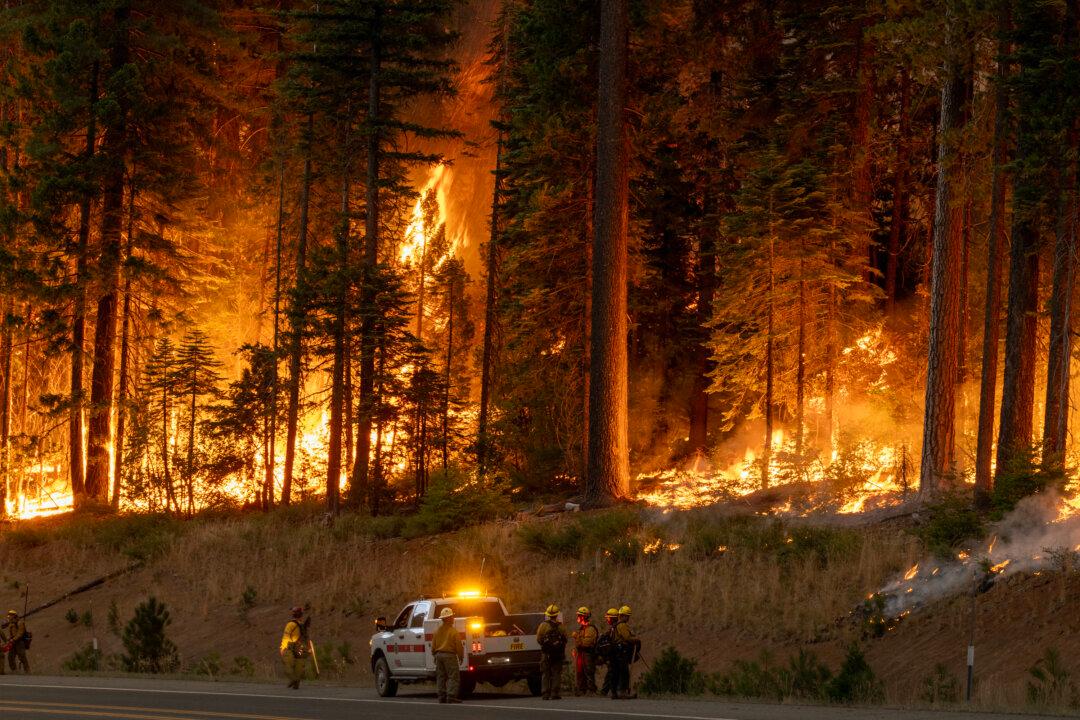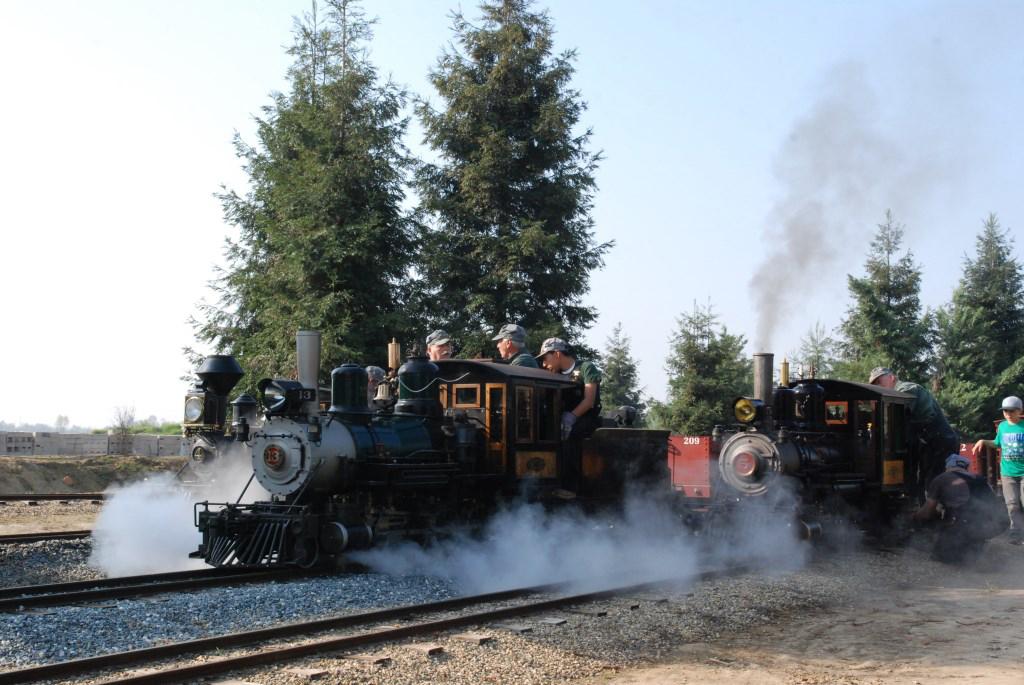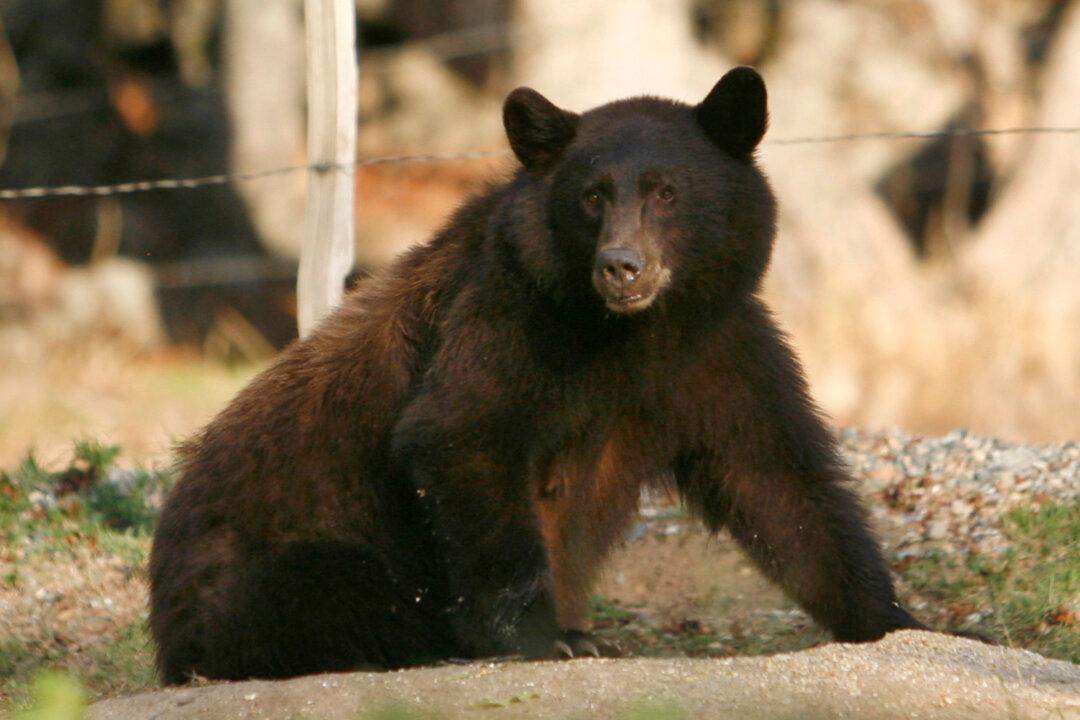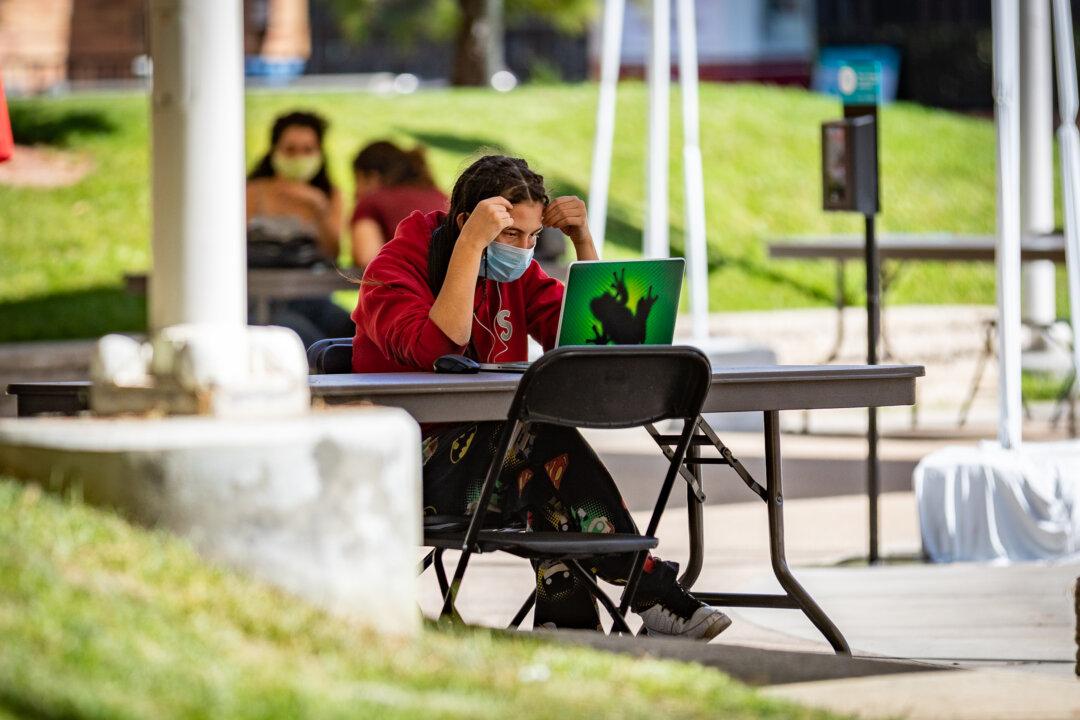On July 24, a man was seen pushing a flaming car into a gully near Alligator Hole in Bidwell Park in Chico, California, starting the fourth-biggest fire in state history, the Park fire, which has consumed more than 620 square miles in Northern California.
The suspect, Ronnie Dean Stout II, 42, of Chico, was arrested last week by Cal Fire arson investigators on suspicion of starting the devastating fire and fleeing shortly after, according to a statement from the Butte County District Attorney’s Office.





